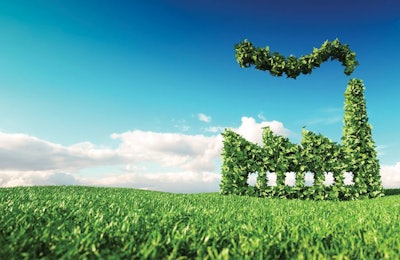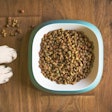
Adapted from a press release:
Darling Ingredients Inc., recently posted the company's updated global Environmental, Social, and Governance Report and highlighted its 2025 climate change targets designed to enable company growth while improving sustainability performance. Darling's global strategy aligns the objectives of its Corporate Social Responsibility pillars with specific Sustainable Development Goals as set out by the United Nations Global Compact.
"We see ourselves as part of the solution with our circular business model of repurposing the world's agri-food waste streams into valuable, sustainable ingredients all while assisting in the decarbonization of the planet," stated Randall C. Stuewe, Chairman and CEO of Darling Ingredients. "We have a responsibility for generations to come and our climate goals identified today will help secure a pathway and provide us a continual platform to build on for many years into the future."
The company continues to actively manage toward its short-term global targets to reduce its water and energy intensity by 5% from 2020 to 2025. The company is aggressively boosting its production of renewable energy and expects in 2022 to achieve an increase in production of over 150% from 2019. The new ESG Report illustrates initiatives to achieve the short-term targets and demonstrates a developing mid- and long-term strategic roadmap to reach the ambitious net zero GHG emissions and sustainable water use goals by 2050 within Darling's own operations.
In pursuing these targets, the company's leadership will ensure that its actions are consistent with responsible capital allocation, commitment to its financial targets and the continued creation of shareholder value.
Read more about sustainability efforts
Sustainability of freeze-dried, dehydrated pet food ingredients
U.S. Food and Drug Administration analysts estimate that every year 30-40% of the United States’ food supply is wasted. Reducing that inefficiency would decrease pollution, habitat loss and water use, along with hunger. People preserve foods, both for themselves and as pet food ingredients, to avoid this waste while also retaining foods’ nutrients. However, the process of drying ingredients also uses energy, land, raw materials and other resources, potentially creating waste and pollution. The twin needs of energy efficiency and resource conservation drive innovation among producers of dried pet food ingredients and equipment manufacturers.
Water buffalo by-product sustainability
By creating a market for otherwise discarded parts of the buffalo, the pet food market increases the value of the livestock to farmers. Most water buffalo live on small-scale farms that may use fewer resources and produce less pollution than intensive livestock production. By increasing incomes for these low-impact farmers, water buffalo by-products have social and environmental sustainability benefits. A literature review published by Frontiers in Environmental Science explored the sustainability of domesticated water buffalo. The researchers found that water buffalo are efficient converters of low-quality forage and crop residues into high quality milk and meat.


















